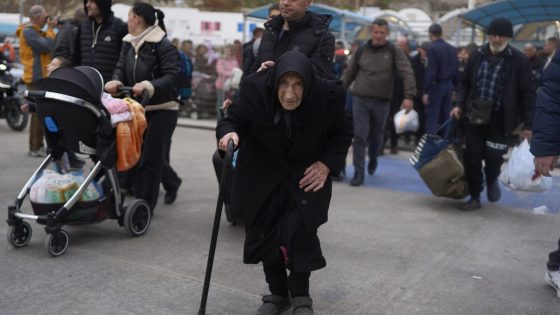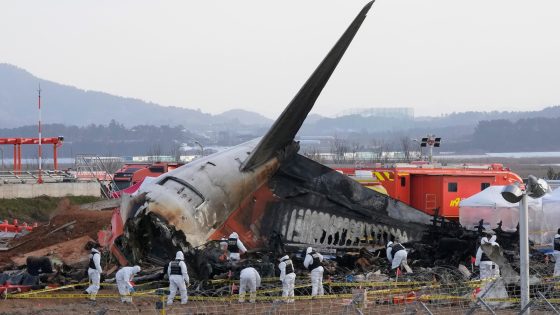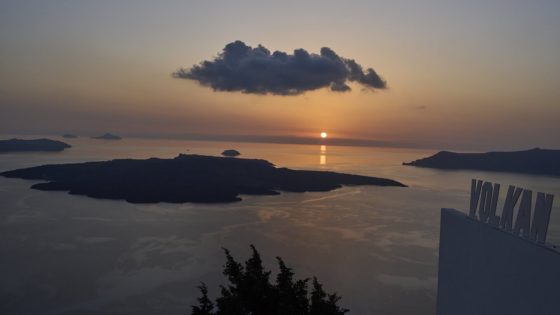Schools on four Greek islands in Greece will remain closed through February 14 due to ongoing earthquake activity. Authorities announced this decision on February 8, following a series of tremors that have affected the islands of Santorini, Amorgos, Anafi, and Ios.
- Schools closed on four Greek islands.
- Over 800 tremors recorded since February 1.
- Strongest quake measured 4.9 magnitude.
- No major damage or casualties reported.
- Experts warn of potential stronger quakes.
- Recent tremors unrelated to Santorini's volcano.
Since February 1, over 800 earthquakes of magnitude 3 and above have been recorded in the region, leading to a significant evacuation of Santorini’s 16,000 residents and tourists. On February 8 alone, 11 tremors of at least magnitude 4 were reported, with the strongest reaching 4.9 at 11 a.m. Fortunately, there have been no significant damages or casualties reported so far.
Experts have indicated that while the earthquake activity has somewhat decreased, they cannot rule out the possibility of stronger quakes in the future. The Athens Institute of Geodynamics continues to monitor the situation closely. The recent seismic activity is not linked to Santorini’s volcano, which is known for a catastrophic eruption around 1600 B.C., and a second volcano that erupted approximately 375 years ago.
Historically, Greece has experienced significant seismic events, including the strongest earthquake of the 20th century, which struck near Amorgos in July 1956 with a magnitude of 7.7, resulting in 53 fatalities. The current situation remains under observation as authorities prioritize the safety of the residents and visitors in the affected areas.
In summary, the ongoing earthquake activity has led to school closures on four Greek islands, with authorities taking precautions to ensure public safety. Monitoring efforts continue as experts assess the potential for future seismic events.

































